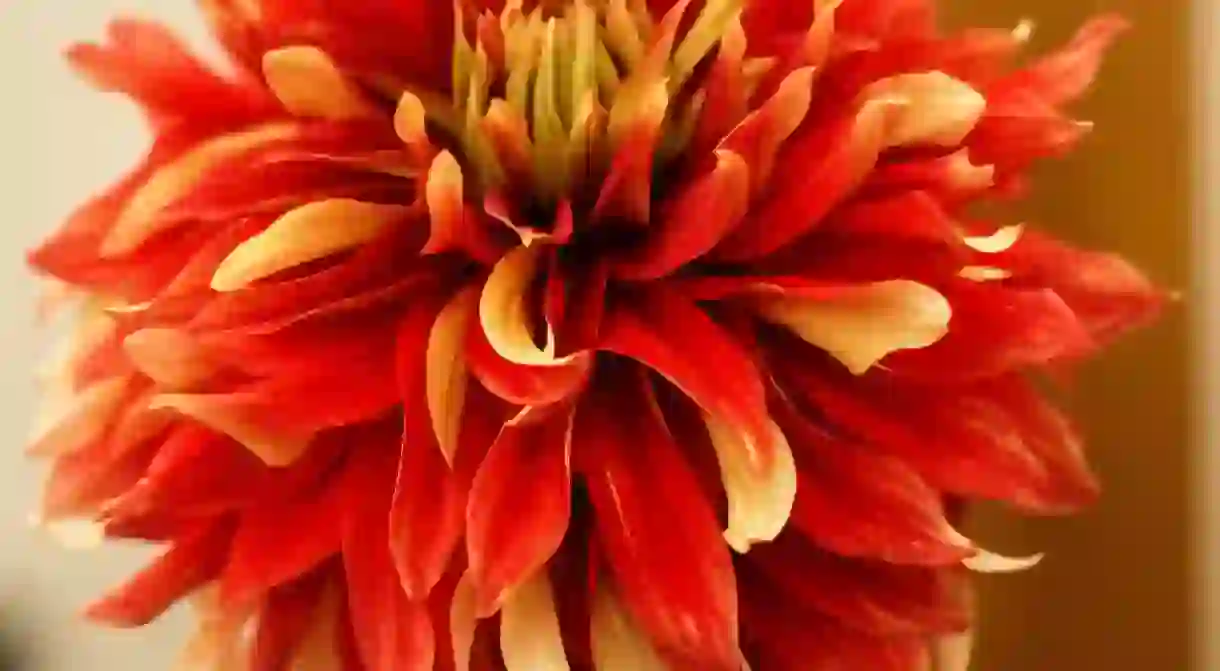Mexico’s Incredible Trees, Plants and Flowers and Where to Find Them

Mexico isn’t all about the tacos and the tequila, there are also some awesome plants, flowers and trees to be found in this sprawling and biodiverse country. From the scrub bushes of the desert-filled northern states, to the lush palms and exotic flowers of the hot and humid south, these are the most incredible trees, plants and flowers in Mexico and where to find them.
Cactus
How could we not mention the humble, prickly plant with which Mexico is most closely associated? With close to 150 varieties of cactus (or nopal, as it’s commonly known in Mexico), various cacti can be found right across the country, from the urban hub of the capital to the vacant deserts of the northern territories. One of the most iconic is surely the prickly pear cactus though, which bears edible fruits known in Mexico as tunas (prickly pears). As well as the fruits, the ‘pads’ of the cactus itself are also consumed.

Maguey
Moving from one iconic plant to another with the maguey plant from which we get mezcal, tequila and pulque as well as useful fibres like henequen and sisal. A subset of the maguey plant is the agave, the blue version (Agave azul) of which is best known for producing tequila. So, while all tequila is technically mezcal, not all mezcal is tequila! Find the blue agave in the popular town of Tequila, Jalisco or the maguey plants used for henequen and sisal are found on the Yucatán Peninsula.

Ahuehuete
The amusingly named ahuehuete is, surprisingly, the national tree of Mexico, despite very few people having heard of it. Translating roughly to ‘old man of the water’ in Nahuatl, it is perhaps more commonly known outside of Mexico as a Montezuma Cypress. Native to much of Mexico, you won’t find it hard to stumble across an ahuehuete, although the most famous ahuehuete tree in the country is easily El Árbol de Tule in Oaxaca, which is the widest tree in the world with a diameter of almost 40ft!

Dahlia
From the national tree to the national flower of Mexico, with the stunning dahlia. Originally from the mountainous zones of Colombia, Mexico and much of Central America sandwiched in between, dahlias flower in the autumn, which makes that period the best time of the year to spot them in full bloom. As a result of its popularity, you can find these gorgeous and multicoloured flowers in gardens across Mexico, or you might even be lucky enough to sample their petals in a salad!

Cempasúchil
Better known as the Mexican or Aztec marigold, cempasuchiles are the richly pigmented orange blooms associated with Mexico’s famed Day of the Dead celebrations, making October and November the perfect months of the year to see them decorating public and private spaces across Mexico, particularly in the south. Alternatively, spot them in the wild across Mexico State, Puebla and Veracruz. While orange is definitely the most common colour of cempasúchil, they also come in yellow and purple shades.

Poinsettias
If Day of the Dead is incomplete without cempasuchiles, a Mexican Christmas just wouldn’t be complete without the ubiquitous poinsettia, making December across the country the perfect poinsettia-spotting season. This richly red petaled flower is not actually a flower, but rather a plant with some beautifully coloured leaves. In Mexico, they’re more commonly referred to as nochebuenas (‘Christmas Eves’, literally), although before they were associated with Christmas in Mexico, the Aztecs used them for dye making and referred to them as cuetlayochiti.

Jacarandas
Spring is often considered the best time to visit the Mexican capital, and that is surely due in part to the wealth of jacarandas that bloom across the city. However, you can also spot these blue-lilac flowers in the tropical and subtropical areas of Mexico too. Alternatively, if you can’t make it to Mexico, just wait ‘til spring rolls around and watch the jacaranda Instagram photos overtake the Mexico hashtag.

Orchids
Puerto Vallarta, Mexico is one of the best places to see orchids as a result of the fantastic Botanical Gardens that lie in the mountains of this popular tourist resort. There you’ll find a ton of orchids and other native Mexican plants to marvel over. Alternatively, western Oaxaca is known for being home to the smallest, delicately white and yellow orchid species, the white laelia. You can also find these elegant flowers in Chiapas.

Pitaya
The pitaya plant is technically part of the aforementioned cactus family, but due to the entirely unique and delicious fruit it bears we thought it was worthy of its own entry. These brain-like fruits shouldn’t be confused with the Asian dragon fruits which admittedly look very similar. Native to Mexico, there are very specific places you’ll find this in the country, such as the state of Jalisco, where it’s said you’ll find the sweetest iterations… but only from April to June.

Sunflower
Finally, very few people realise that sunflowers are actually common in and native to Mexico, with some subspecies of the sunflower family only found there. The best example of this is the Mayfield’s Sunflower, found in the mountains of Chihuahua, Durango and Tamaulipas. Alternatively, the Acapulco wedelia shrub, with gorgeous yellow or orange flowers, can be found all across Mexico. The Aztecs actually consider the sunflower a symbol of war and would dedicate it to god of war, Huitzilopochtli.














